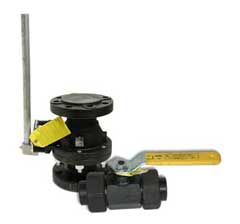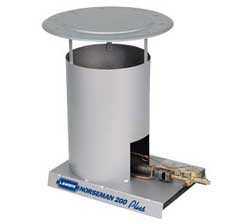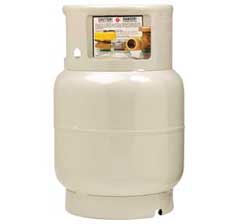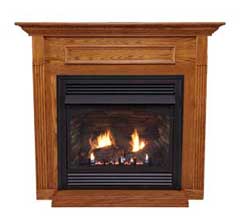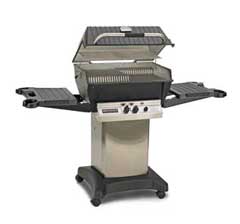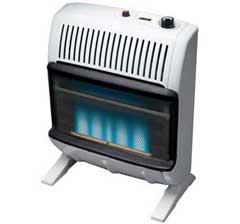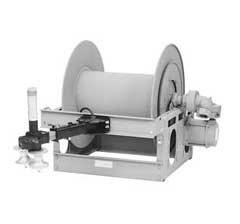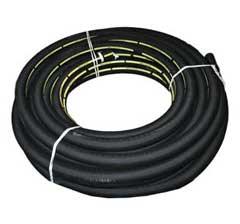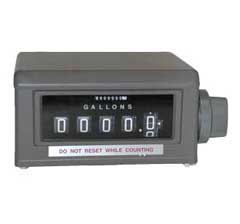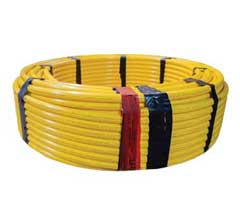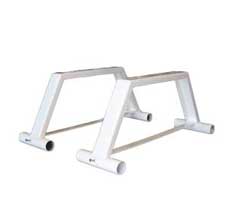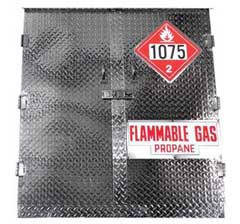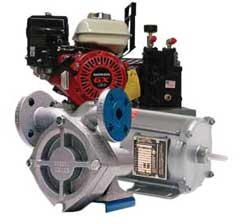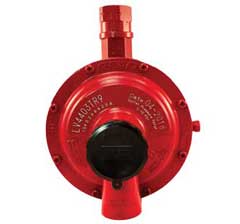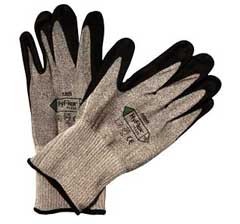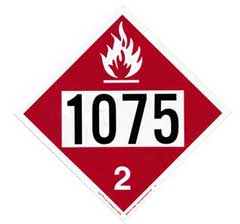Dispenser System Maintenance Procedures
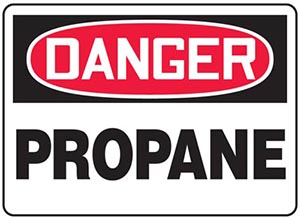
THIS IS JUST A REMINDER FOR ALL OF US.
Dispenser Systems can be simple and can be very complicated. When it comes to dispenser systems, one of the most important things is to ensure that the person who is operating the Dispenser System is qualified and maintain it. This means having the knowledge and understanding of both propane and dispensing systems.
The following equipment should be checked or inspected frequently:
- Fire Extinguishers should be inspected periodically and dated.
- Emergency Control Systems should be tested daily and in good working order.
- Piping system should be leak free, so a leak check should be performed periodically.
- Electrical System must be explosion proof (Class 1, Group D, Division 1).
- Pump and Bypass Valves should be checked daily to be sure that you are getting the pump pressure needed to fill cylinders.
- Hose Assemblies should be inspected daily – hoses have been known to burst.
- Scales must be free of any debris – this is the reason why scales give bad readings or malfunction. Zero Balance should be checked daily.
- Hose End Adapters should be checked daily for excess wear to ensure that gaskets are in place and in suitable working condition.
- Hose End Valves should be inspected for wear. Wear can cause slow filling.
- Placards and Signage should be installed on the dispenser and an Emergency Phone Number posted.
When putting a Dispenser in service first charge the Piping System with vapor (check for leaks), then open the Liquid Supply Valve and the Pump Bypass Valve. This will prevent pump seal leakage.
When fuel is transferred to an RV or coffee trucks, etc. make sure all pilot lights and points of ignition are off or out.
When the Dispenser is not attended, please close the Container Valves.
BEING PROACTIVE IS A WAY TO ENSURE SAFETY.



